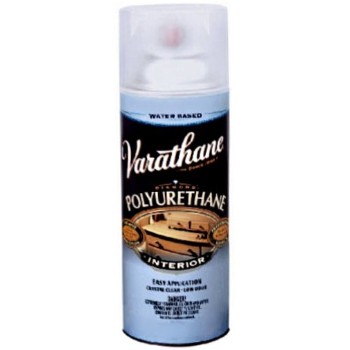Paint Perfection: The final Class
As promised, the long overdue last class in my Paint Perfection is finally ready. Funny fact: the forces that be REALLY didn't want this class to happen. First time I typed it out my computer died, second time Blogger ate it in their transition to the new layout and then this week Photobucket has been giving me error messages like there's no tomorrow. I had to go old fashioned and upload straight to blogger to make it happen but I am happy to say we are finally in business!
Our final class covers the last step I do with all my furniture: sealing it up. It is a step that is so simple but can make the difference between getting a year of use out of something or 10+ years. There are not a lot of secrets to sealing but there are a few things that I think are crucial to getting that perfect finish.
If you are just tuning in, here are our previous Paint Perfection Classes that work on everything up to this step.
To go over everything briefly I have a couple pieces we'll be sealing up together. The first is this little desk that I found at goodwill. It was already painted a cute greeny-grey but I wanted to make sure that it would stand the test of time by sealing it up.
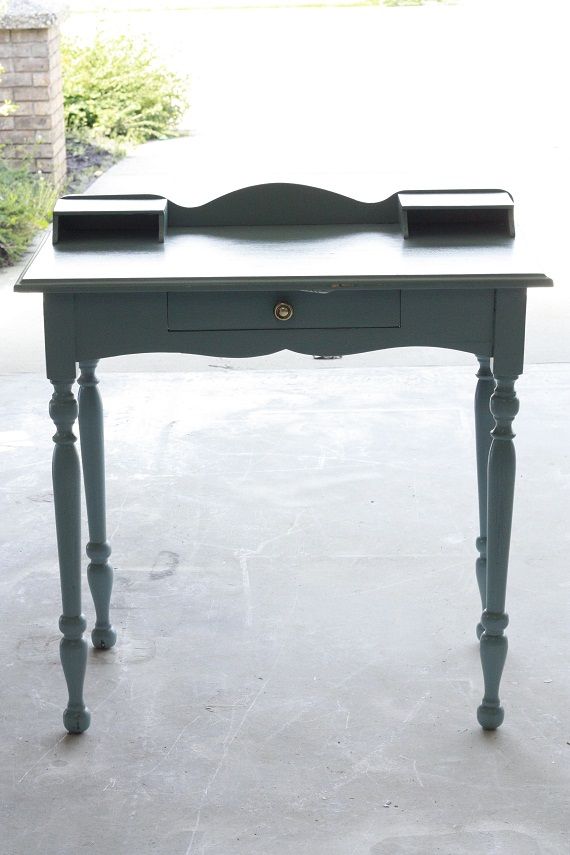
The other is this old waterfall dresser that I have had sitting around for quite some time. It has beautiful brass art deco hardware and I think it will be lovely all revamped. Let's start from the top and cover everything quickly up to the sealing step.

We took off the hardware, gave it a quick sanding (not stripping it), and put a good coat of Kilz on it to prime. It is soooooo crucial that you prime pieces first like this because sometimes you won't see any discoloration aka bleed through until you start sealing it up. But trust me, they can and will bleed through making your beautiful new paint all dotted with orange/brown/red blotches. It is worth the extra work to prime!
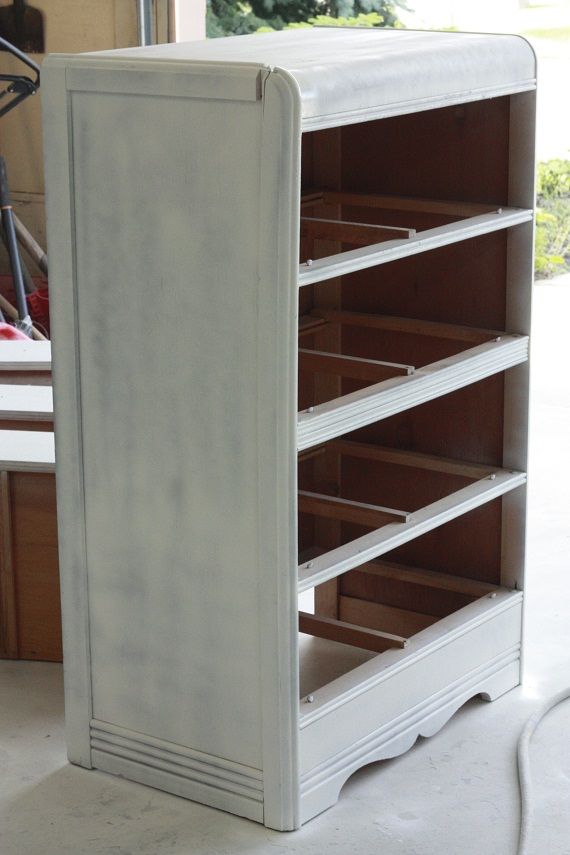
All painted in a soft pink.
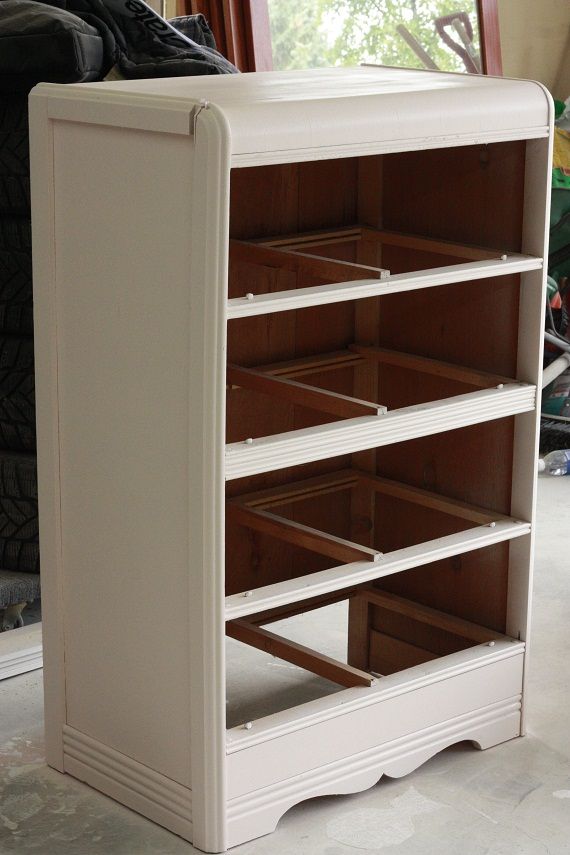
Ready for distressing!

Now comes the final portion of our project: sealing our furniture.
I am very specific on this step because I have tried a few products and have come to heavily rely on Varathane brand interior sealers. If you have worked with something else and it is a product you trust please do share because I have had American readers tell me they have had troubles finding Varathane. There are different kinds of Varathane, but look closely at the labels and buy only the Interior, water-based formula. You might be wondering what could possibly go wrong if you buy something else? Well the answer is that your paint job will yellow and discolor over time. I have made this mistake, trust me!! Just go with the good stuff in the first place and you will have no problems.
Many of you have asked if I use Varathane in my paint sprayer and the answer is yes! I love the finish I get doing that way but it can be tricky. I will go over the technique in a moment, but first let's talk other applications. If you don't spray your furniture you can get the same finish by buying your sealer in a spray can, it can be a little more pricey this way because I often need a can or two for an average sized dresser. You can still get a smooth, professional finish without spraying as well. In my experience the best way to manually apply sealer is with a foam brush. Rollers and brushes leave a small amount of texture and I like that you can simply toss the foam brush into your eco-station pile after only one use.
Now is the difficult part, getting an even, smooth surface. The issue many have with spraying on their sealer is that they are too light with the application and then it has a different smoothness in different areas. The other issue is that some people go too heavy and get drips. This is a very common issue, mainly because it goes on so thin that it doesn't feel like you are getting enough coverage. Then you come out a half hour later and your furniture looks like it is melting!
After using Varathane for so long I have come to get a good feel for it's consistancy. I set my sprayer on a very wide radius and have minimal fluid flow. It is so thin that it almost looks like you are spraying water so do some test sprays until you feel like you have a good feel for it as well. This dresser is a good example of how it should look as it dries. You can see it is unevenly drying (it was like a million degrees the day I shot it) but where it is wet it does not seem too 'wet'. I slowly build up a couple coats like this.
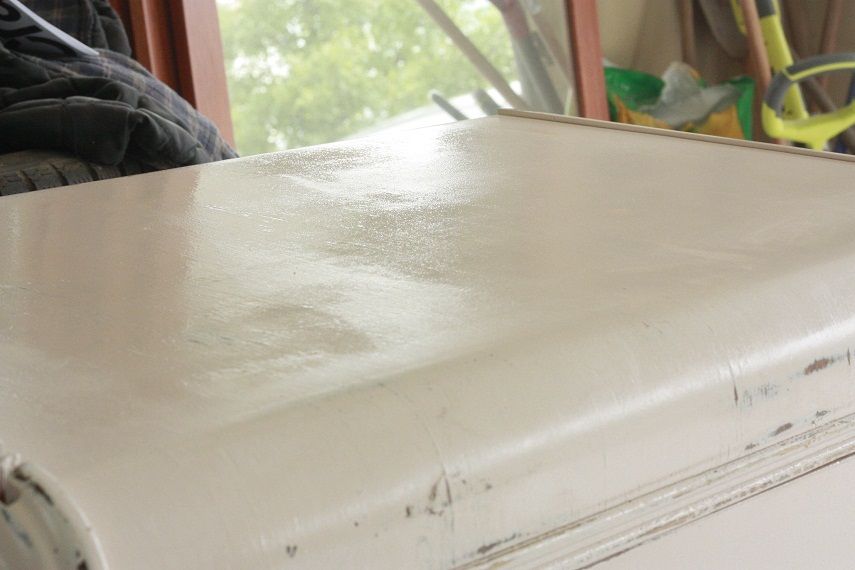
If you are working on a piece that will see A LOT of use and wear (like a kitchen table) or something that has some unevenness to the surface (like the brush strokes the last owner left on this desk) there is a little trick that I do. On the flat, horizontal surfaces I apply the sealant in a thicker coat. Not near the edges where it could possibly drip down, but on the bulk of the surface. Do this in a spot that is a little cooler so your sealant doesn't dry too fast, and after a few minutes your sealer will 'self level', filling and evening everything out.
Right after applying and starting to level out. The back is where I started to work and you can already see it is smoother than the front which was just applied just seconds after going on. It won't perfect the surface but will make it really durable and easier to clean, etc.
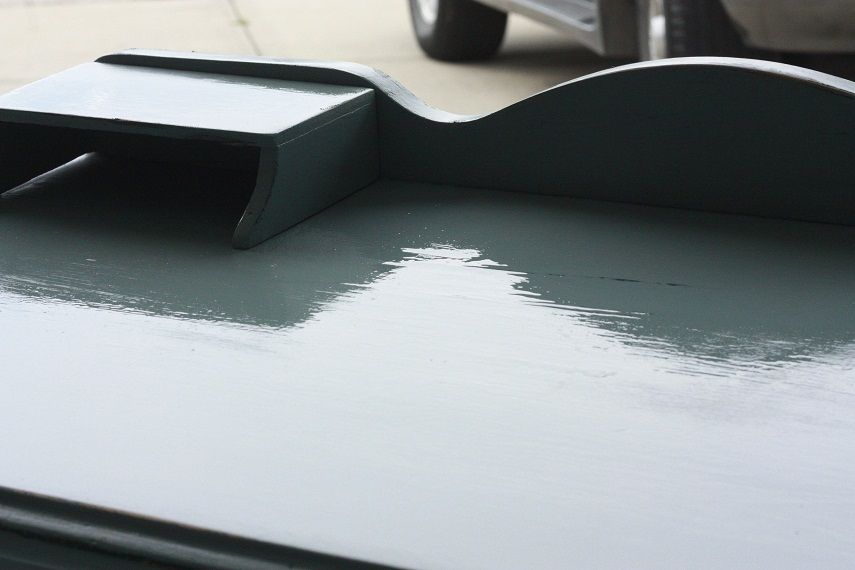
All in a days work!
All finished up and ready to write a love letter.
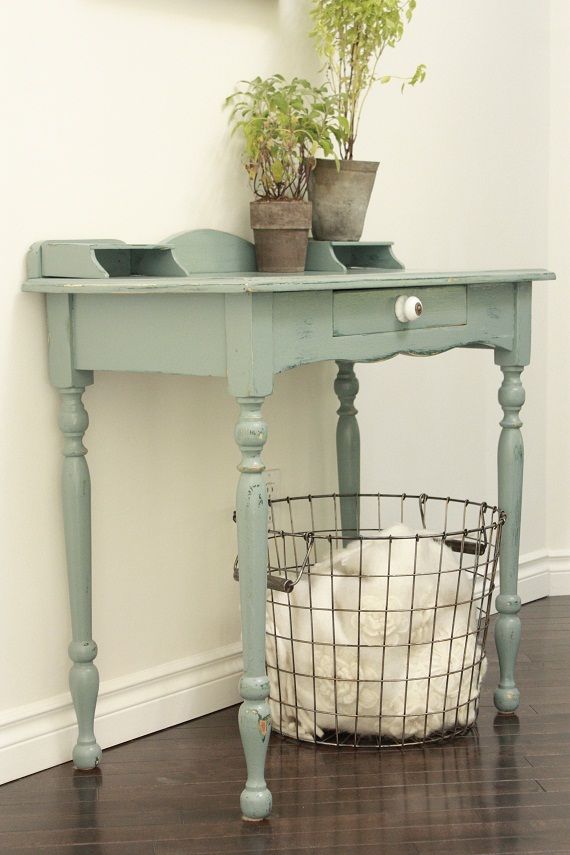
Protected and able to withstand years and years of use.

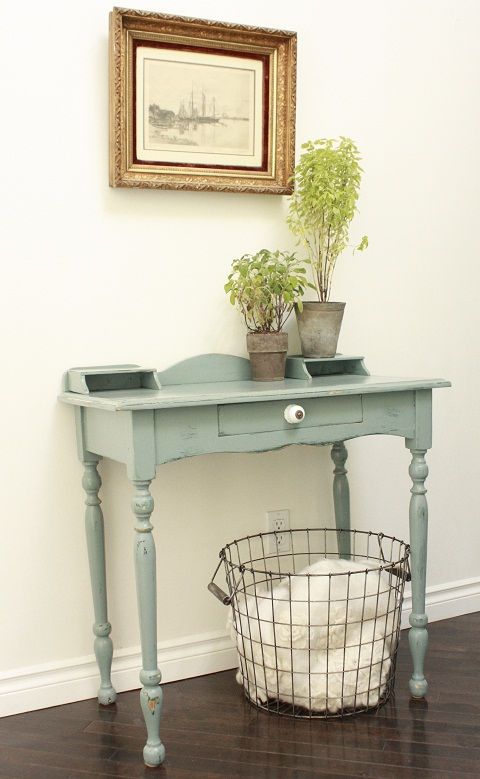
I think that covers everything, but please don't hesitate to ask any questions below and I'll do my best to answer!
Have a great weekend lovelies and thanks for your patience~



